Crafting an Outstanding Biodata: Format Tips and Sample Templates
Biodata formats, popular in south Asian countries, such as India, contain information about you and can serve a couple of purposes --introduce you to your potential employer or life partner.
But how can you create a biodata format for a job that no employer can resist? What should you include in a job biodata? What are some tips that can assist you in crafting the perfect job biodata? These are the questions that this article will answer. Read on to learn all you need to know for making a killer job biodata!
Table of Contents:
📚Further Reading: Wondering how to make the perfect biodata for marriage? Check out the latest matrimonial biodata format on CakeResume!
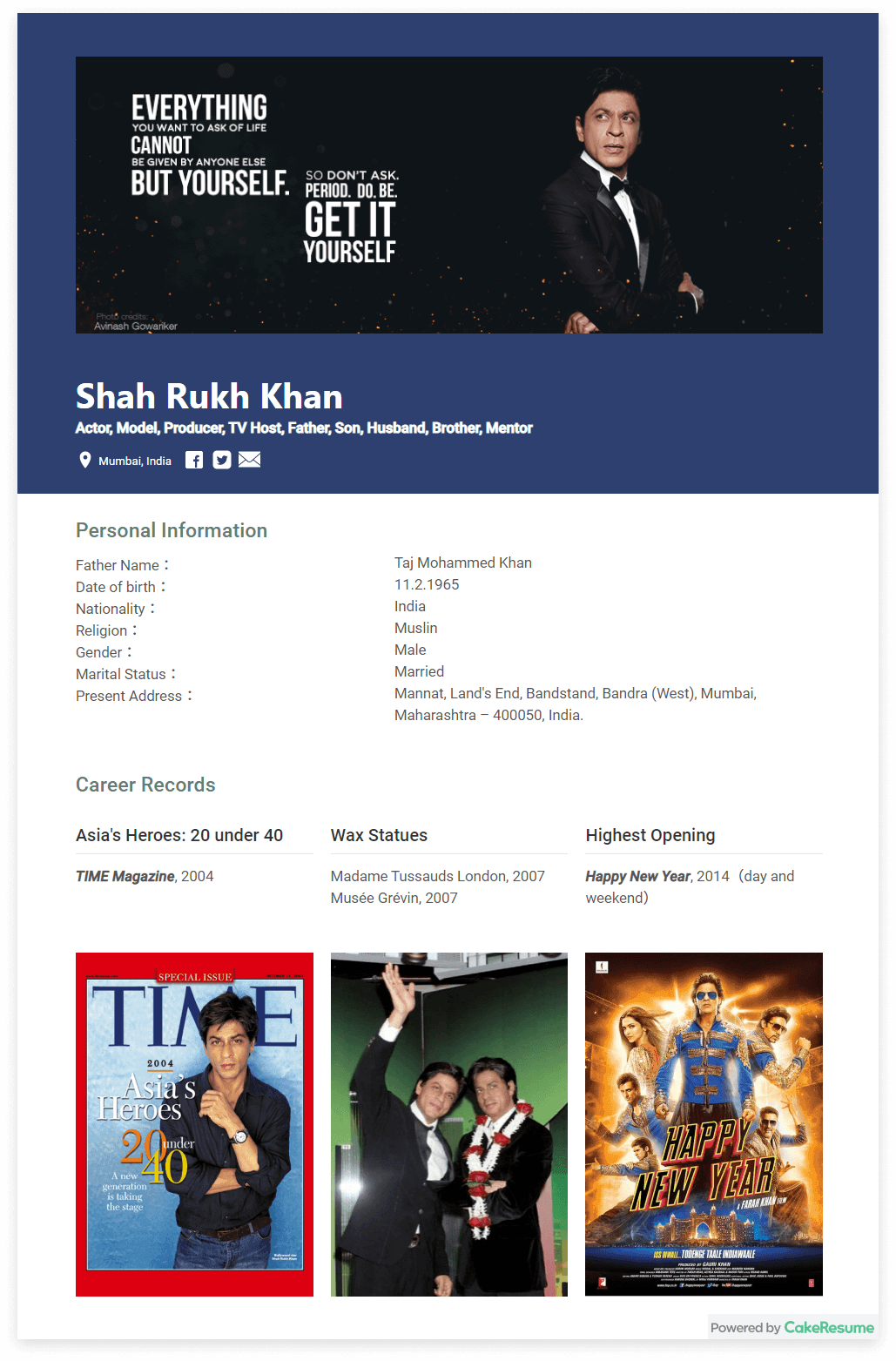
What Is a Biodata Format?
Should you check the Cambridge University Dictionary, you’ll learn that the official definition of the biodata is “information about a person’s life, work, and career accomplishments.” You’ll also come across other descriptions like “Biographical data that gives facts about the life and work experiences of the candidate.”
In practice, biodata, or biodata format, is a document that contains information about you and serves as an introduction for different purposes. Predominantly, a biodata is used for job and marriage and popular in the following countries:
- India
- Bangladesh
- Pakistan
- Sri Lanka
When you are creating a bio data format for job, you need to carefully think about how to catch the recruiter's eye. Read the job posting thoroughly and showcase desired skills and qualities by including your education background, skills and work history. However, the recruiter also expects to see some more personal details about you on your biodata format: information about your gender, ethnicity, religion, hobbies, etc.
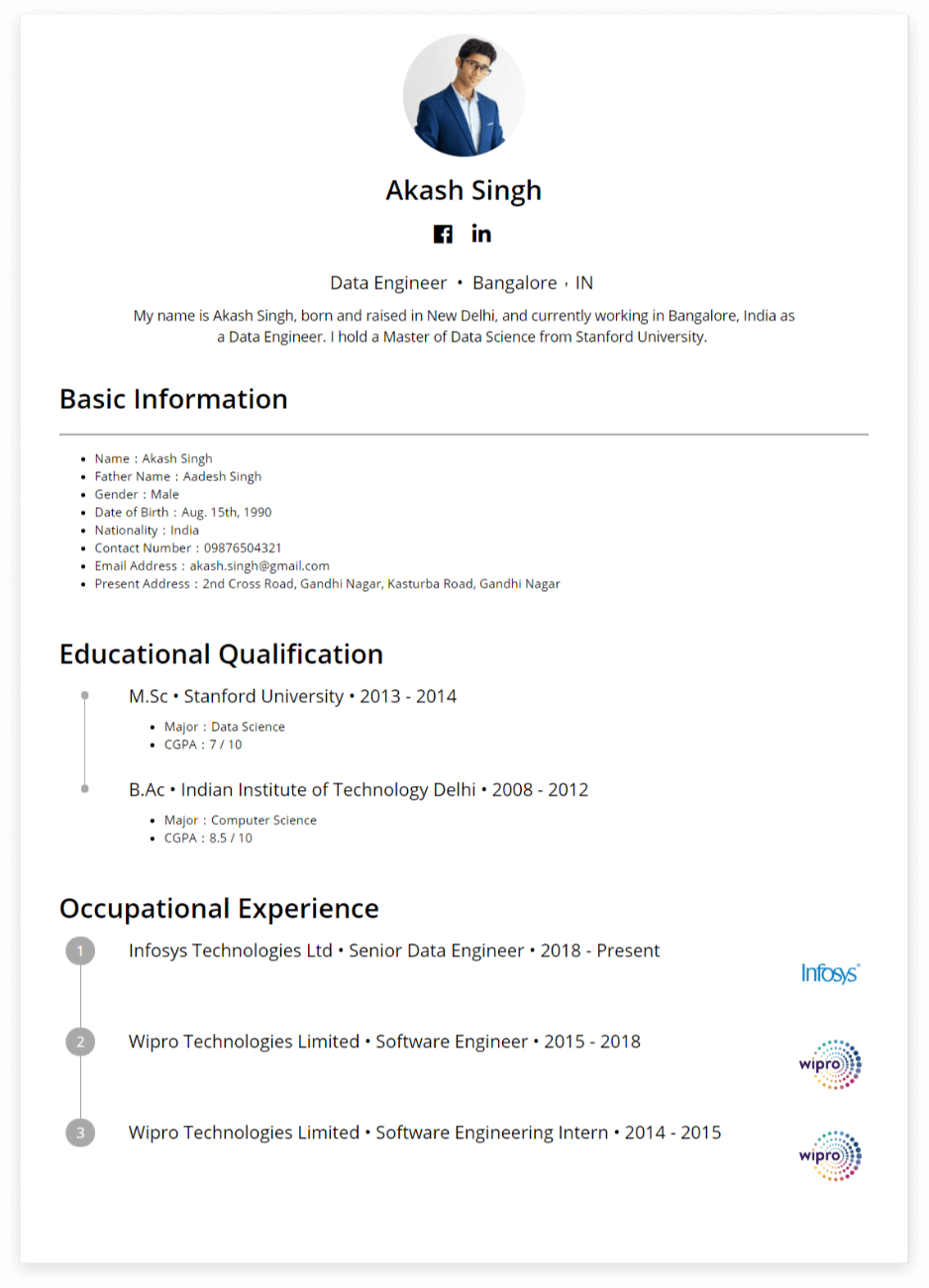
How to Create Biodata Formats for Job Hunting?
As explained above, a biodata format focuses mainly on you and who you are. For a bio data for job applications, you can include the following sections:
1. Photo
Including a photo on your biodata is optional. If you choose to include one, ensure that it reflects your professionalism. A professional portrait can add a personal touch to your biodata, potentially making the recruiter view it as more than just a piece of paper.
2. Objective or Summary
Next, include a short passage summing up your professional background, skills and work experience, that would qualify you for the role in your biodata. List your career goals and/or life goals in this short paragraph in the biodata for job too, so that the recruiter can determine whether your goal and the company's are aligned.
Example of an objective for a job biodata
Bangalore-based Stanford graduate Data Engineer with 3 years of experience in designing and implementing solutions for business problems who specializes in data mining and data analysis and looks forward to leverage data engineering skills to help ABC Corp. to achieve its vision.
Example of a summary for a job biodata
Data Engineer with a MS in data science from Stanford University based in Bangalore. Proficient in MySQL, Python, C/C++. 3 years of experience in data pipelining and real-time data marts.
📚Further reading: How to write a professional summary for a resume?
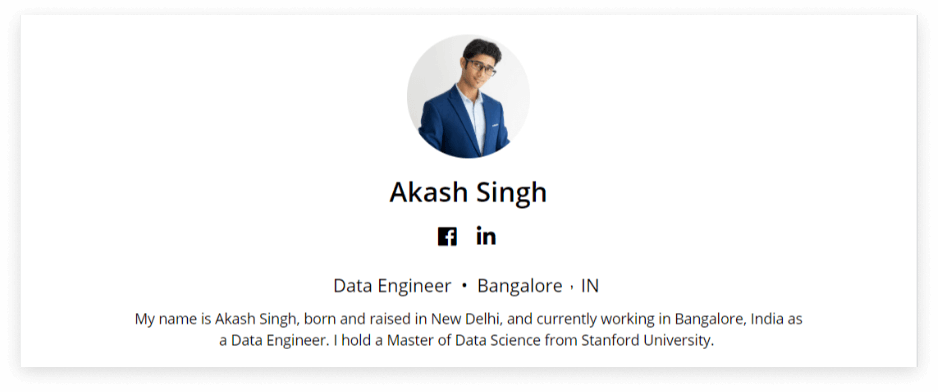
3. Personal Details
This is where a biodata for job differs from a regular resume or CV. The hiring manager expects to learn more about your background and personal information. Typically, those personal details include:
- Current position
- Phone number
- Email address
- Contact details
- Place of residence
- Postal address
- Date of birth
- Nationality
- Marital status
- Parents’ names
- Gender
- Religion
- Height
- Race
- Salary
- Hobbies
- Interests
- Strengths
- Character traits

4. Education
Educational background is essential on a job biodata as it demonstrates the skills you possess and the training you've received. HR can use this information to determine whether to invite you for an interview. To clearly display your educational qualifications on a biodata for job applications, consider including the following elements:
- Name and location of the school
- Graduation year
- Major(s) and minor(s)
If you are a recent graduate or applying for entry-level positions, including relevant courses or modules you have taken can be beneficial. Alternatively, you can also include your GPA if it is 3.5 or above to demonstrate that you are a hard worker and a quick learner, making your job biodata more attractive. You may consider adding the following:
- GPA
- Relevant courses
- Honors and awards
- Relevant club or society experience
Example of education on a job biodata
- M.Sc at Stanford University, 2013 - 2014
Major: Data Science
CGPA: 7/10 - B.Ac at Indian Institute of Technology Delhi 2008 - 2012
Major: Computer Science
CGPA: 8.5/10

5. Work Experience
In a job biodata, the work experience section is arguably the most important. HR primarily assesses your suitability for the role by examining your work experience. To showcase your abilities, clearly list the following on your job biodata:
- Professional title
- Name and location of the company
- Employment period
- Duties and responsibilities
Example of work experience on a job biodata
- Senior Data Engineer at Infosys Technologies Ltd, 2018 - Present
Train and mentor a team of 10 junior data engineers
Design and implement business solutions - Software Engineer at Wipro Technologies Limited, 2015 - 208
Identified issues in the operating system and improved operating procedures
Previewed peer codes
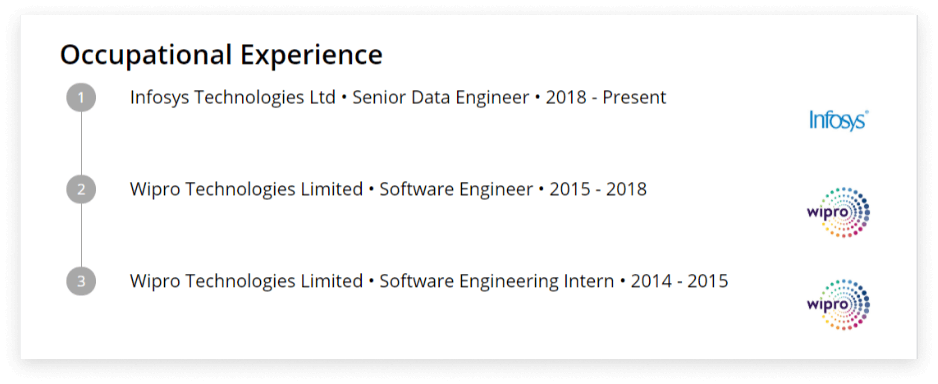
6. Skills
Including skills on a job biodata is essential to convince HR that you are qualified for a particular role. After all, a job biodata is a document with the ultimate purpose of securing you an interview and helping you land your dream job. You need to demonstrate to the recruiter, who reviews your biodata, that you can perform the required tasks for the position and potentially more. The skills section in the biodata is where you can achieve this.
Examples of skills on a job biodata
- SQL/NoSQL/Python/C/C++
- AWS
- Azure
- Data Warehousing Solutions
- Data Analysis
- ETL Tools
7. Additional Information
Lastly, if you have additional information or experiences that are relevant to the position you're applying for, include them in an 'Additional Information' section on your job biodata and explain them in detail.
- Certifications
- Honors
- Hobbies and interests
- Volunteer experience
Example of additional information
- Professional Data Engineer by Google, 2019
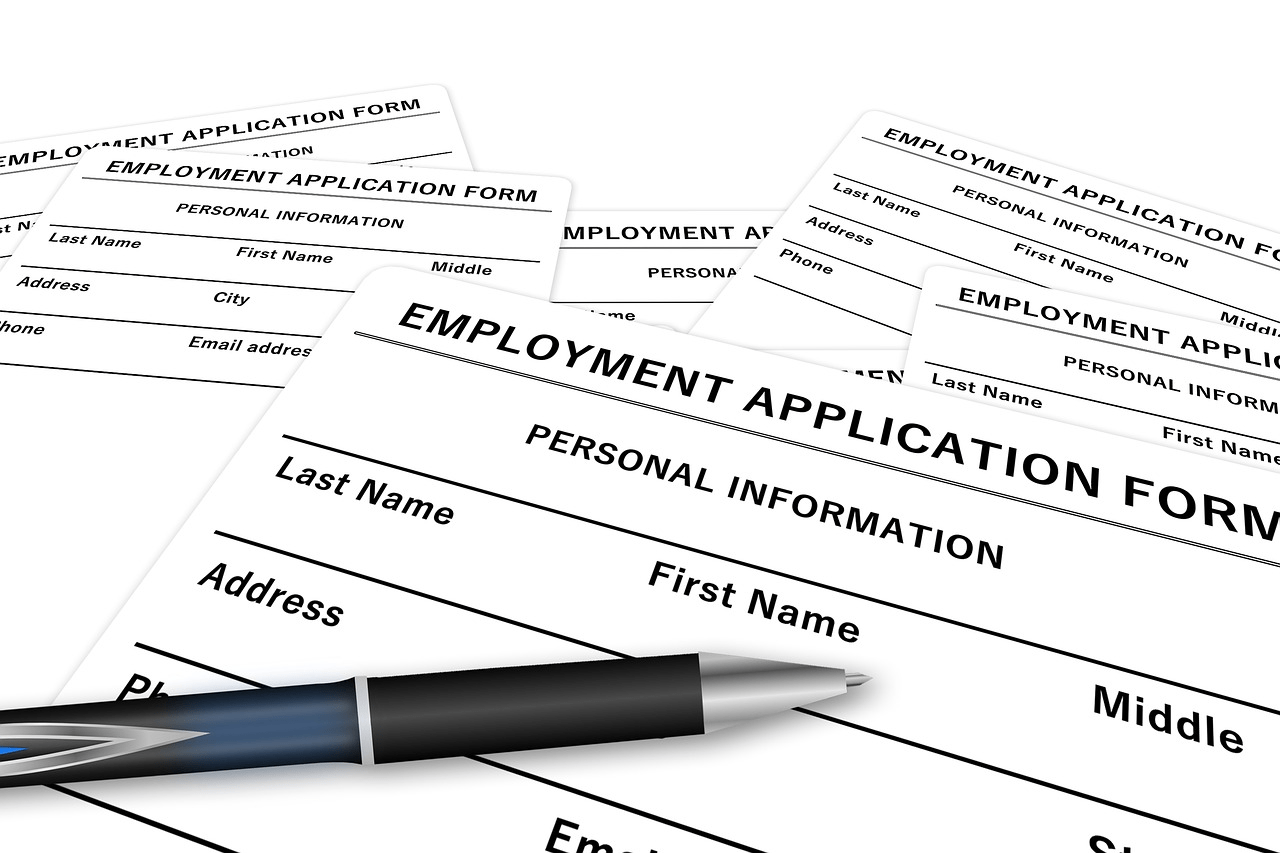
Biodata, Resume, and CV: What Is the Difference?
Although a job biodata, a resume and a CV are similar in their purposes, there are hidden nuances between them.
Biodata for Job
To begin with, it's important to know that a biodata lists personal information in detail, including your name, date of birth, gender, first language, nationality, place of residence, and marital status, among other details. Typically, these details are required when applying for positions in government offices, agencies, and research grants. A job biodata format also includes your educational qualifications and previous job experiences in chronological order.
Applicants should be cautious not to include information that could potentially lead to misuse of their data. It's worth noting that overseas clients hiring remote freelancers usually don't require Personally Identifiable Information (PII). Most importantly, remember to keep the description concise and limited to a single page in length. While you can include references, the primary focus of this document is on you as an individual.
Resume
A resume provides a concise job summary, offering a quick overview of the positions you've held in the past and the successful projects you've handled. A resume does not need to be overly detailed but should typically span 1 or 2 pages. When attached to an application, a resume highlights your core competencies and educational qualifications, making it particularly useful for internship applications. References should never be included in a resume.
📚Further reading: 5 Useful Resume Tips to Help You Get a Foreign Job from India
Curriculum Vitae (CV)
The Curriculum Vitae (CV) covers anywhere from 2 to 4 pages, and if you have compelling information to add, the document can extend to several pages. Since you've just graduated, you may not have extensive work experience, but that's okay because you can emphasize your educational qualifications, which should be presented at the top of the page.
Include details about your degrees, professional affiliations, additional courses, extracurricular activities, and part-time positions where you gained on-the-job experience. A great CV may also encompass any research you've conducted and the results you've achieved. Experts who specialize in creating such documents recommend describing your talents, hobbies, technical skills, and any other relevant information related to the job you're applying for. It's a good idea to include references.

Tips for Making the Best Bio Data for Job
When creating a biodata format for job applications, remember that each application receives an average of just 6 seconds of reading time. This is the time you have to make a strong impression on the hiring manager. To increase your chances of securing an interview invitation, adhere to the following principles while crafting your job biodata:
- Make it easily comprehensible
- Be cautious about the personal information you reveal
- Focus on what makes you perfect for the position
- Highlight the main points that are likely to interest the reader
- Cut down on the unimportant points
- Refer to samples for more ideas
When you begin creating a biodata format for a job, the first step is to thoroughly study the company's requirements and the job description. Only after doing so should you design your biodata to capture the interest of hiring managers. If you're unsure about how to complete a biodata form, you can use online resume makers for guidance.
With CakeResume, the best free resume builder, we provide you with hundreds of free resume templates download and various resume examples that help showcase the best you. Landing your dream job will be a piece of cake!
More Career and Recruitment Resources
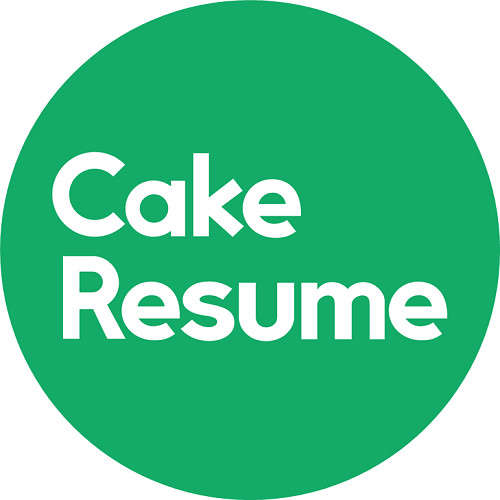
With the intention of helping job seekers to fully display their value, CakeResume creates an accessible free resume/CV/biodata builder, for users to build highly-customized resumes. Having a compelling resume is just like a piece of cake!






